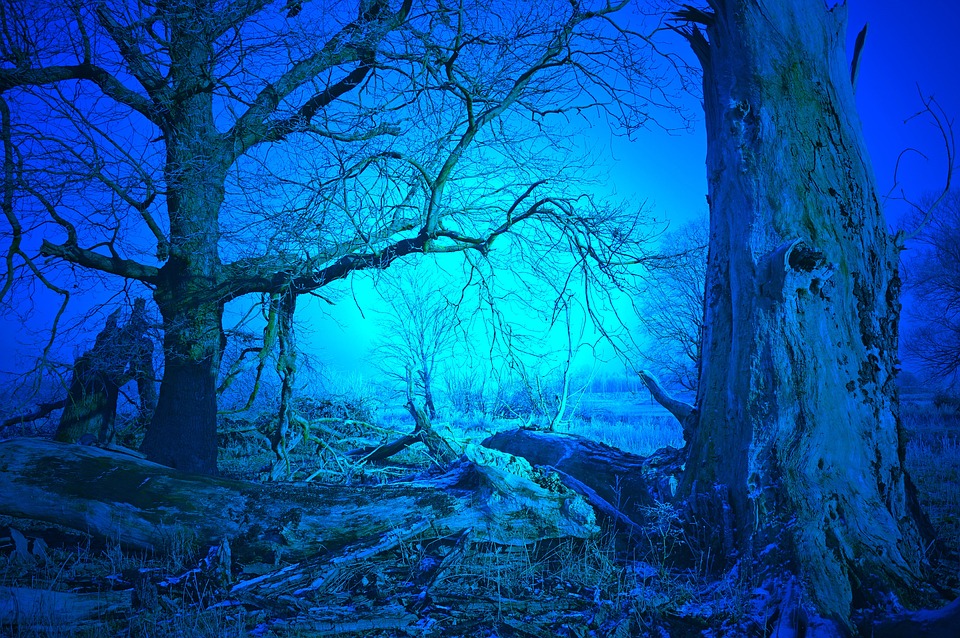Dino-Droppings Reveal the Secret Life of Prehistoric Giants
For centuries, humans have been fascinated by the mighty dinosaurs that once roamed the Earth. While we’ve made significant progress in understanding these prehistoric giants, there’s still much to be learned about their habits, habitats, and daily lives. And, surprisingly, the key to unlocking these secrets lies in their poop.
Yes, you read that right! Fossilized dinosaur droppings, also known as coprolites, have been providing scientists with a treasure trove of information about the lives of these ancient creatures. By analyzing the shape, size, and composition of these ancient dung deposits, researchers can gain insights into a dinosaur’s diet, digestive system, and even its social behavior.
The Coprolite Connection
One of the most significant discoveries made from studying dinosaur droppings is the revelation that these creatures were not the solitary beasts we often imagine. In fact, many species of dinosaurs likely lived in herds, just like modern-day birds and mammals. The presence of coprolites in close proximity to one another suggests that these prehistoric animals may have shared a common food source or even socialized with each other.
But that’s not all. Fossilized poop has also provided scientists with clues about a dinosaur’s diet. By analyzing the remains of plants and animals found within the coprolites, researchers can reconstruct the food chain of a particular dinosaur species. For example, the presence of lizard bones in a Tyrannosaurus rex coprolite suggests that the mighty T-Rex was a scavenger, feeding on the carcasses of other animals.
The Science of Coprolites
So, how do scientists go about studying dinosaur droppings? The process involves a combination of geological and biological analysis. Fossilized coprolites are typically found in sedimentary rocks, where they’ve been preserved for millions of years. To extract these ancient droppings, scientists use specialized tools and techniques, such as brushing away sediment or using chemicals to break down the rock.
Once the coprolite is extracted, researchers can begin to analyze its composition. This may involve studying the fossilized remains of plants and animals found within the poop, as well as analyzing the shape and size of the coprolite itself. By comparing these findings to those of modern-day animals, scientists can draw conclusions about the habits and habitats of ancient dinosaurs.
Image: A rendering of a Tyrannosaurus rex devouring its prey, with a coprolite forming in the background.
FAQs:
Q: What is a coprolite?
A: A coprolite is a fossilized piece of excrement, or poop, from a prehistoric animal.
Q: How do scientists study coprolites?
A: Scientists use a combination of geological and biological analysis to study coprolites, including extracting the fossilized poop from sedimentary rocks and analyzing its composition.
Q: What can coprolites tell us about dinosaurs?
A: Coprolites can provide information about a dinosaur’s diet, digestive system, social behavior, and even its habitat and environment.
Q: Are all coprolites the same?
A: No, coprolites can vary significantly depending on the species of dinosaur that produced them. For example, the coprolites of a herbivorous dinosaur may contain more plant material than those of a carnivorous dinosaur.
Q: Can I find coprolites in my backyard?
A: Unfortunately, it’s unlikely that you’ll find fossilized coprolites in your backyard. Coprolites are typically found in areas where sedimentary rocks have been preserved for millions of years, such as in fossil beds or rock formations.
Q: Are coprolites valuable to scientists?
A: Yes, coprolites are a valuable resource for scientists, providing insights into the lives of prehistoric animals and helping to reconstruct the history of life on Earth.



